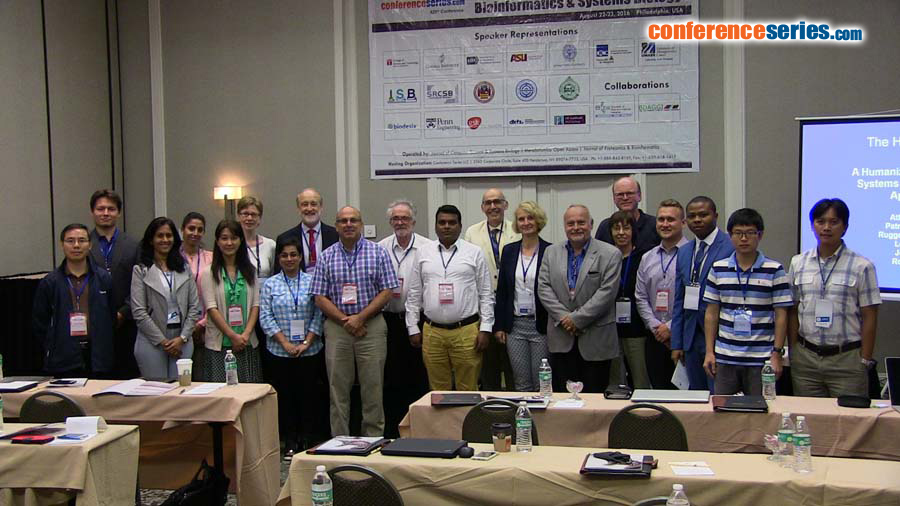
Ursula Klingmüller
German Cancer Research Center, Germany
Title: An integrative model to improve anemia treatment in non-small cell lung carcinoma patients
Biography
Biography: Ursula Klingmüller
Abstract
Chemotherapy-associated anemia is a common complication affecting 40% of all cancer patients. It is particularly prevalent in lung carcinoma, with an incidence of 50-70% during disease development and reaching ≤90% at advanced stages. The anemia reduces the therapeutic response and the quality of patients’ life. Erythropoiesis Stimulating Agents (ESAs) have been widely used to re-establish normal levels of erythrocytes. However, several clinical trials reported higher mortality risk in ESA treatment and low levels of erythropoietin receptor (EpoR) protein expression has been found in tumor cell lines, rising concerns on EpoR activation in tumor context by ESA treatments. To quantitatively analyze the dynamics of interaction of the ligand erythropoietin (Epo) and the EpoR in the tumor and hematopoietic context, we combined mathematical modeling with quantitative data from pharmacokinetic and pharmacodynamic experiments of ESAs in human subjects, ESAs depletion in human erythroid progenitors and Non-Small Cell Lung Carcinoma (NSCLC) cell lines and the activation of signal transduction through the EpoR by mass spectrometry. The experimental data was used to establish an integrative mathematical model utilizing coupled ordinary differential equations (ODE) that links the cellular scale with the body scale. The ODE model was able to describe the dynamic interaction of all ESAs at molecular, cellular and systemic level in the human body. With this approach, we could estimate the binding properties of all tested ESAs and predict personalized optimal dosage protocols for each ESA to activate the EpoR in the hematopoietic context but not in the tumor context.


